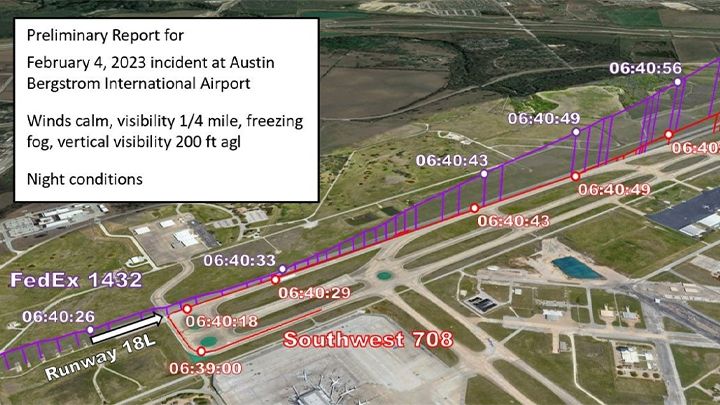In February 2023, a near collision occurred between a Southwest Airlines Boeing 737 and a FedEx Boeing 767 at Austin-Bergstrom International Airport in Texas. The incident prompted the Federal Aviation Administration (FAA) to call for an industry-wide safety summit.
The two jets came within 150 feet of colliding after both were cleared to use the same runway. The FedEx crew managed to avoid disaster by performing a go-around and flying over the Southwest aircraft after spotting it on the runway.
The National Transportation Safety Board (NTSB) conducted an investigation into the incident and released its report in December 2023. The report highlighted several factors that contributed to the near miss, including poor visibility conditions, lack of surface detection equipment, expectation bias, lack of situational awareness, inadequate training on low-visibility operations, and failure of communication between the flight crew and air traffic controller.
The NTSB called on the FAA to implement technology to prevent runway incursions and recommended installing surface detection systems at select U.S. airports by 2025. The final incident report from the NTSB is expected to provide further details on the near collision in Austin, which will help prevent similar incidents from happening in the future and maintain public confidence in aviation safety measures.
It’s important for all stakeholders involved in aviation to learn from incidents like this one and take steps towards improving safety protocols and procedures. This includes pilots, air traffic controllers, regulators, and manufacturers of aircraft technology.
In conclusion, while accidents like this are rare but can happen due to human error or technological malfunction; they highlight areas where improvements need to be made to ensure safe operation of aircrafts.
FAA must continue working with industry stakeholders towards implementing new technologies that will reduce such incidents while maintaining high levels of safety for passengers and ground personnel alike.



